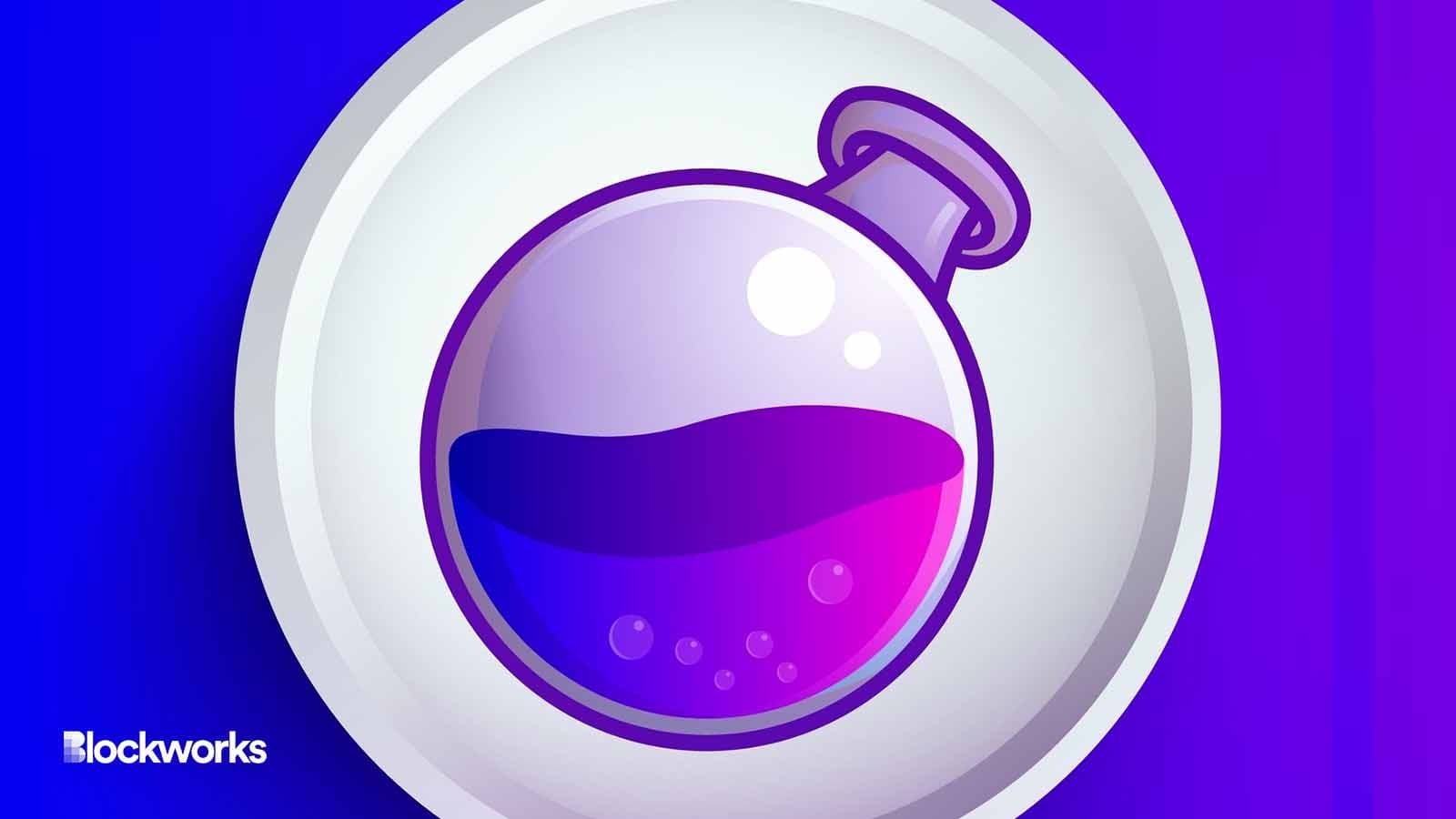The Osmosis revamp: New tokenomics and supercharged liquidity
Osmosis’ v16 upgrade will bring more incentives to stakers

Praveen Nanu/Shutterstock modified by Blockworks
Automated market maker and decentralized cryptocurrency exchange Osmosis is preparing for its v16 Magnesium upgrade, set to bring about supercharged liquidity pools.
Supercharged liquidity is Osmosis’ take on concentrated liquidity, designed to equate to users specifying pool positions — and granting flexibility over the use of assets in the process.
“It allows for users to set positions in spot pricing intervals rather than percentages, this means you can set positions to $1.21.1 to $1.21.2,” contributor to Osmosis who goes by Emperor Osmo told Blockworks.
Liquidity providers will also have the ability to secure positions across an entire price range, Osmo said.
“The new model will allow for continued participation in Superfluid Staking pools without any interruptions,” he said. “This means that LPs can benefit from swap fees while also earning staking rewards using their OSMO tokens.”
The first supercharged liquidity pool set to be introduced alongside the v16 upgrade will be the DAI/OSMO pool.
The upgrade will occur on July 13 at around 12 pm ET — if the proposal passes — and is supposed to take approximately 30 minutes, with the network shut down over that half hour span.
Introducing supercharged liquidity pools have also enabled the protocol to revamp the tokenomics of its native token, OSMO.
Osmo 2.0 is designed to reduce inflation and realign emissions to favor stakers over liquidity providers.
“The updated Tokenomics model serves to upgrade Osmosis from being an incentives-driven DEX to a volume-focused DEX,” Emperor Osmo said. “The reduced emissions, combined with the increased capital efficiencies, focus on volume and not liquidity depth. This is key, as the high emissions needed to curtail the liquidity to accommodate for large trades is no longer needed thanks to Supercharged Liquidity.”
Check out our Blockworks Research report on Osmosis here.
Additional proposals are in the works. That push includes a proposal aiming to provide stakers with a share in swap fees earned through Osmosis liquidity pools.
Although the protocol taker fee will accrue value for Osmo holders, an Osmosis community member that goes by Seppmos said “it should not come at the expense of traders and worsening of the UX.”
“Traders will eventually move to places where they face lowest swap fees and best price execution,” they said. “Should traders have to pay up to 0.45% on a swap on Osmosis, it won’t take much time and folks will migrate to alternative DEXes.”
Get the news in your inbox. Explore Blockworks newsletters:
- The Breakdown: Decoding crypto and the markets. Daily.
- 0xResearch: Alpha in your inbox. Think like an analyst.






